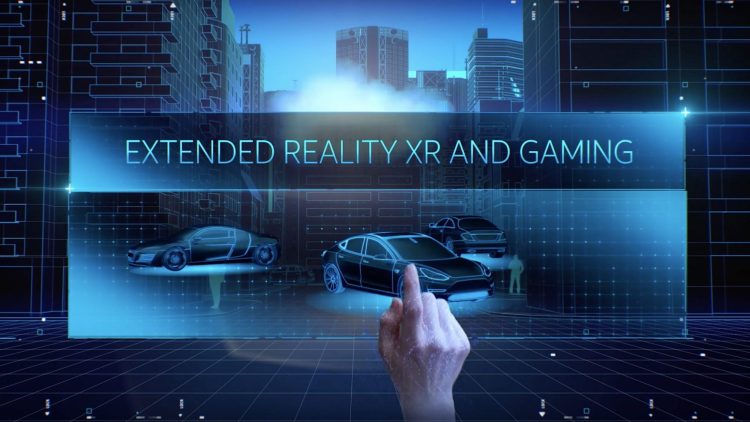AT&T’s 5G network may have launched last year, but as of now, all it’s offering potential customers is a chunky 5G hotspot — a situation it’s rapidly preparing to change. In partnership with 5G networking device maker Ericsson, AT&T announced today that it has developed new 5G and edge streaming solutions for virtual reality and games in collaboration with some key players, including HTC, Nvidia, PlayGiga and Arvizio.
If you’re unfamiliar with edge computing, the concept is easy to grasp. Traditionally, cloud servers are located far from the customers who use them, but edge computing moves the servers closer to users, cutting server response times, also known as latency. High-bandwidth 5G networks will let edge servers send huge amounts of data — including high-definition 4K and VR videos — to users with much lower latencies than ever before.
Perhaps the most exciting of the AT&T projects was a collaboration with HTC, enabling a wireless Vive Focus VR headset to receive 5G transmissions based on a remote computer’s rendering of 75 frame-per-second, 2880-by-1600 resolution video. Simple math would suggest the rendering requires up to 345 million pixels per second. AT&T says that edge computing and 5G enabled this test to stream smoothly, at the latency VR headset users require.
Though it’s unclear what the actual delivered resolution was, the Vive Focus is capable of natively displaying content at a 2880-by-1600 resolution. AT&T says that HTC’s demo “samples” content rendered by the host computer, so the actual display resolution could well vary.
In another partnership, AT&T worked with Nvidia and its CloudVR software to serve an interactive VR game over 5G from an RTX server — a cloud computer with 40 Nvidia GPUs — with only 5 milliseconds of network delay. That’s one-sixth or less of the latency in traditional VR headsets and 4G connections, which becomes even more impressive when you consider the rendering quality of the cloud servers. Rather than being bound by whatever mobile chipset or gigantic PC you can afford to own, the cloud renderer can be powerful by enterprise standards.
Separate projects with Arvizio and PlayGiga looked at 5G’s applications for AR/XR and gaming as a service. Arvizio’s proof of concept demonstrates how complex digital 3D models can be integrated into industrial mixed reality environments using 5G, while PlayGiga is working to show how traditional games can be streamed over 5G as a service using cloud servers.
It’s worth noting that AT&T is finally beginning to make claims about its 5G network’s performance potential. More than three months after launching commercial services, the company said late last week that it was “the first carrier in the U.S. to reach mobile 5G speeds surpassing 1 gigabit per second.” The number matches the upper promise made by Verizon’s home 5G network last October, and was achieved using the company’s aforementioned 5G hotspot. Phones and other 5G-capable devices for AT&T’s network are expected to follow later this year.

